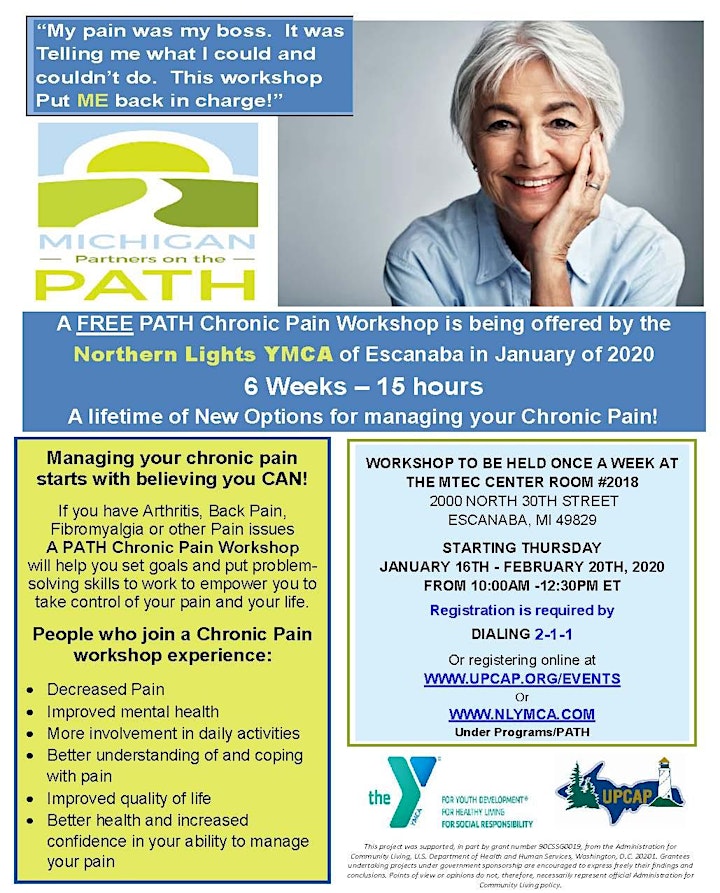
Whether your pain is from arthritis, cancer treatments, fibromyalgia, or an old injury, you need to find a method to get your discomfort under control. What's the finest method to do that?The first action in pain management is arranging a consultation with your physician to figure out the reason for your discomfort and learn which discomfort management approach is frequently the most reliable for it.
Before you try to treat your pain, it is essential to understand how discomfort is specified." The International Association for the Study of Discomfort developed an agreement statement," states Judith Scheman, PhD, program director of the Persistent Discomfort Rehabilitation Program at the Cleveland Center in Ohio. "Pain is an unpleasant sensory and psychological experience.
When we focus only on the sensory element, we fail to value the suffering element of the discomfort, which is essential to acknowledge since discomfort is not what happens at the periphery." Pain is real and it's physical there's no mistaking that. But pain is determined and particular to someone based upon that person's perception of the pain, and that's why everyone's pain is different." What the brain views is indisputably modifiable by feelings," notes Scheman.
The Best Strategy To Use For Surgeons Explore Non-opioid Options For Pain Management
Scheman worries the importance of approaching discomfort both physically and emotionally and addressing "individuals as whole people." So while persistent discomfort medication can be effective and crucial for pain management for lots of people, it isn't the only tool readily available when it concerns pain treatment, and it should not be the only tool that's utilized.
Those treatments "have their own issues, and there are no excellent research studies on utilizing opioids for extended periods of time for the treatment of persistent pain." Kinds of chronic discomfort medication used consist of: Treatment can be aimed at both the mind and the body. States Scheman, "I try to take a look at any of these treatments as not being simply physical or simply mental we are always a mix of both of those things." is a really fundamental part of any discomfort management program.
Proper exercise slowly develops your tolerance and lowers your pain you won't wind up overdoing it and quiting since it harms. enables individuals to "find out and have a better understanding of what the discomfort is from, and what they can do about it," states Scheman. This treatment is truly about understanding the role of discomfort in your life and what it really means for you, add Scheman.
Pain Management - Wikipedia for Dummies
" We aren't guaranteed lives without pain," says Scheman. But when chronic pain begins to damage your capability to work on the planet, then it's a problem that needs to be addressed - pain management doctors denver.
There are a range of alternatives for the treatment of persistent discomfort. Under the general category of medications, there are both oral and topical treatments for the treatment of persistent discomfort. Oral medications consist of those that can be taken by mouth, such as nonsteroidal anti-inflammatory drugs, acetaminophen, and opioids. Likewise offered are medications that can be applied to the skin, whether as an ointment or cream or by a spot that is applied to the skin.
Others, such as fentanyl spots, might be positioned at a location far from the agonizing location (pain management doctors denver). Some medications are readily available over the-counter (OTC) while others may require a prescription. There are numerous things that might assist with your discomfort which do not involve medications. These things might assist eliminate some discomfort and decrease the medications needed to control your discomfort.
3 Simple Techniques For Pain Relief Medications: Otc, Prescription & Side Effects

There are also alternative techniques, such as acupuncture. Transcutaneous Electro-Nerve Stimulator (TENS) systems use pads that are put on your skin to supply stimulation around the area of discomfort and may assist to decrease some kinds of discomfort symptoms. Finally, there are interventional strategies that involve injections into or around different levels of the spinal area.
There are several treatments that vary from epidural injections for pain involving the neck and arm or the back and leg, element injections into the joints that allow movement of the neck and back to injections for burning pain of the arms or legs due to a syndrome called Intricate Regional Pain Syndrome or Reflex Sympathetic Dystrophy (CRPS).
In general, your main physician, patient management expert, or pharmacist might be to address any concerns about the dose and side effects from these medications. The most commonly used medications can be divided into the following broad categories:: There are several types of nonsteroidal anti-inflammatory medications (NSAIDs), some of them (such as ibuprofen) might be gotten over the counter (pain management doctors denver).
The Definitive Guide for Pain And Pain Management – Adults - Better Health Channel
When considered an extended duration of time or in large quantities, they may have unfavorable impacts on the kidneys, clotting of blood, and gastrointestinal system. Bleeding ulcers is a threat of these medications. Long-lasting usage of cyclooxygenase II (COX II) inhibitors might be connected with a boost in cardiovascular (heart) threats.
This Site here are the findings